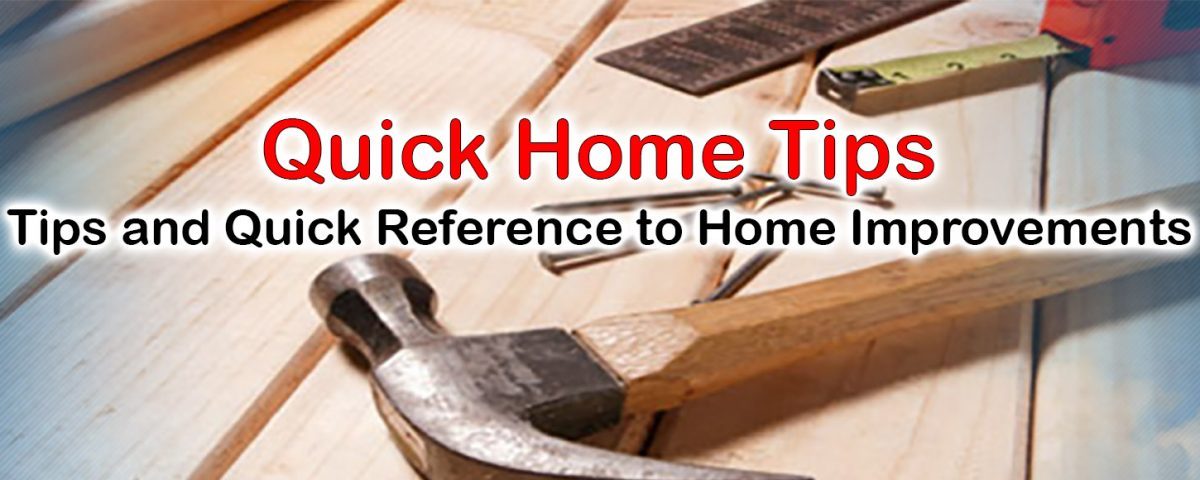Home owners who wish to add to their enjoyment of their home or to increase its market value always consider home improvement projects. Many find, though, that they cannot save the money that they will need to get the project done. One way to finance the project that will add that extra spark to your living area is to take out a home improvement loan. These loans can be used for many different areas, including putting in a new pool, remodeling a kitchen (including updating and decorating) and in upgrading your bathrooms. This type of loan is always secured, which means that collateral is required. Many people use the equity on their home at the time to the improvement as the collateral to secure the loan. Many projects will also qualify fora tax deduction, although in order for this to be approved the improvement has to be on the primary residence of the applicant, and not on pleasure property such as a cabin, a vacation home, or on any property that is being rented.
When you think of loan, the first thing to get settled is the question of interest rates. Fortunately for home improvement people, the interest on this type of borrowed money typically operates with a lower interest rate than other secure loans. The reasoning behind this is that this type of loan is not as risky as others as it enhances the home which is already being paid for on a regular basis. In order to qualify for a HIL, the applicant must own the residence or be making payments on it.
The most common and popular forms of home improvement are projects designed to improve bathrooms and kitchens, the areas that buyers will pay the most attention to when shopping. Some other areas where people upgrade their houses are adding a new roof, building a garage or fence, or digging a swimming pool. There are two categories of home improvement loan: FHA Title I loans and the traditional type of loan for household upgrades.
Traditional type loans ask that the borrower have a large percentage rate of equity on the home that they own, usually the figure is at or above 20 percent. This equity, and the additional equity that is created with the improvement, is what acts as the collateral on the home. The loan is secured by taking a lien.
The length of the loan is varied, although it will usually be less than ten years. In some cases, though, lenders will allow up to fifteen years for repayment, but this depends on how much money is borrowed. The interest that is paid on the loan is tax deductible. The FHA loans are administered by the government and are created to help borrowers improve their homes. This program typically is applied just to items that are not considered luxury; in other words, an FHA will not be approved for an owner who wants to build a pool. This type of borrowing program also asks for no collateral equity, as it is intended for people who may otherwise have trouble securing a loan. The repayment period is usually much longer than the traditional loan, and those with bad credit history who have undergone credit repair may have an option under this program. When a loan request is under $7500, the lender will not take a lien on the home, but the interest paid is still deductible come tax time.
Many communities will offer special programs as incentives to first item home buyers, to encourage them to get in the market and pay taxes! These offers are great to get you into the market, and often provide some assistance to those considering buying their first home. IN order to ensure that you get the best program possible, there are some things to keep in mind. The business offering the program whoud have a longstanding history with the community. Always make sure to find out the fine print involved in one of these programs, and look for lower down payments, reduced closing costs, and reduced finance rates. Education portions in the program are always a key deciding factor.
